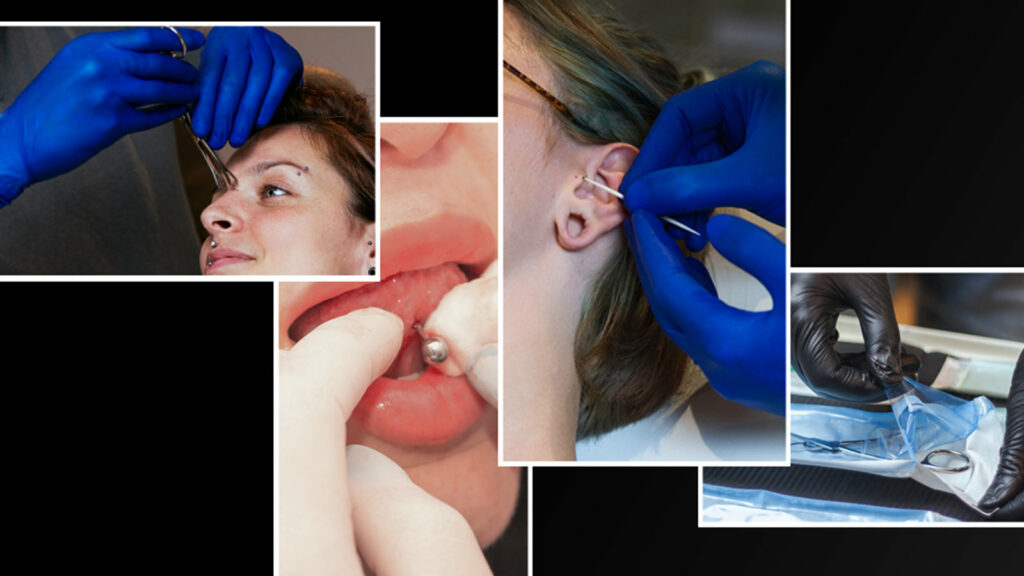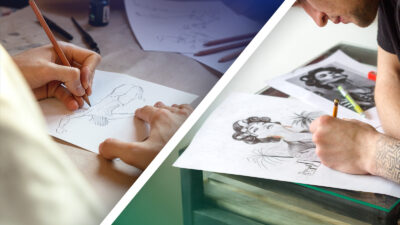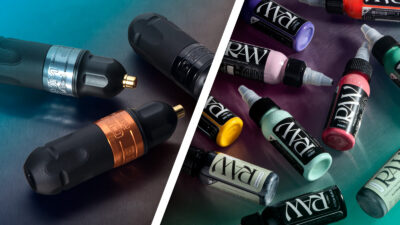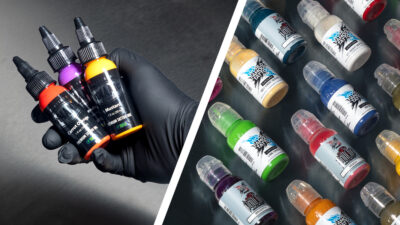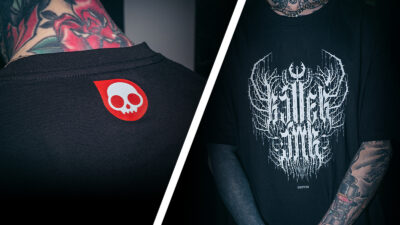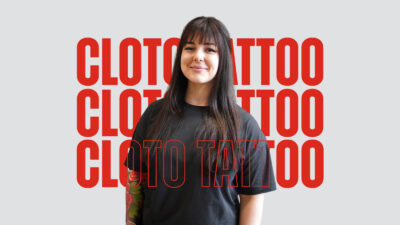Piercing: The Essential Guide for Professional Piercers
We’ll be the first to hold our hands up and say: we’re not piercing experts.
For that, you’d probably have to head over to our sister brands at Painful Pleasures, Neometal and Anatometal - those guys seriously know their stuff!
But as a part of the tattoo industry for over two decades, we’ve seen our fair share of incredible body modifications, and think we’ve got a product or two to help!
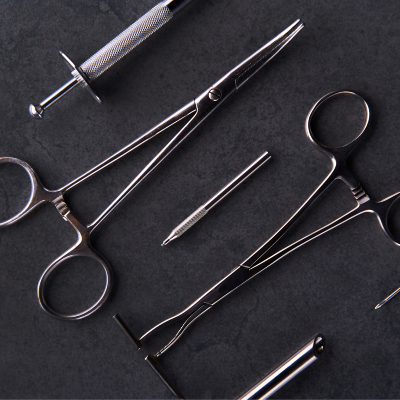
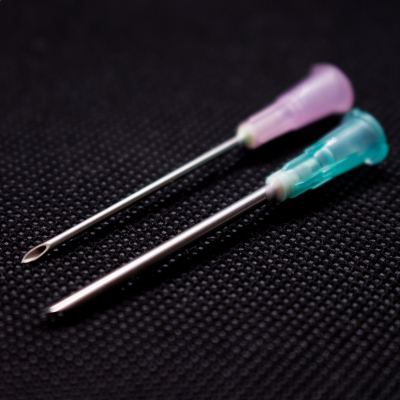
The History of Piercing
For as long as there have been humans, there have been humans shoving holes into other humans. Sometimes those holes resulted in death, but sometimes they were used for jewellery!
You’ve probably heard of Ötzi the Iceman, a mummified body roughly 5300 years old who was found to have several rudimentary tattoos - well, he also had his ears pierced and stretched! Proof that the ear stretching rage of the early 2000s was really just a millennia-old throwback.
Piercings have different meanings depending on where you go in the world, and throughout history. For example, did you know that Indian Hindu women often get their left nostril pierced as that area has an association with female reproduction? Nose piercings are mentioned in the Bible, and genital piercings are described in the Kama Sutra, so there’s really nothing new about them!
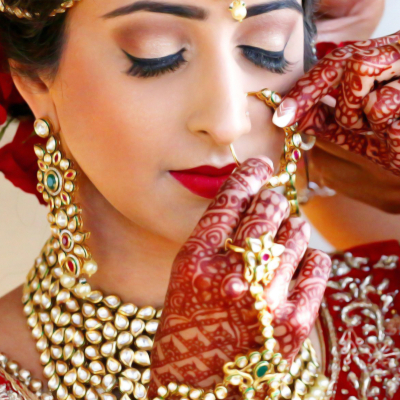
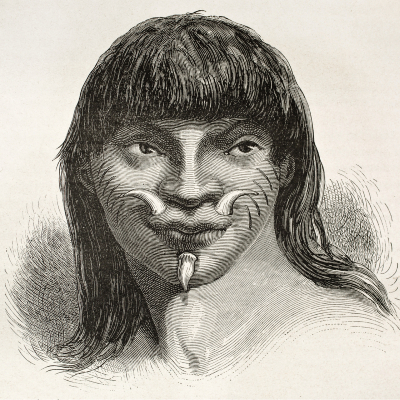
Essential Tools for Piercers
Body piercing supplies - when compared with tattoo supplies, at least - are relatively low-cost. Although you’ll need a lot of the same hygiene and PPE, your tools are generally a lot cheaper than forking out for a tattoo machine, and that’s not likely to change!
Most piercers, especially those specialising in body piercings over your standard earlobe placement, will use either a standard hollow piercing needle or a cannula needle.
Hollow needles are based on the needles used for injections, but are usually larger, and may come in different shapes, lengths and gauges. You’ll use a slightly larger gauge than that of the piercing jewellery to allow for swelling, and use the hollow opening of the needle to help insert the jewellery.
Cannula needles are slightly different as they come with a plastic tube or catheter that stays in the piercing hole after the piercing is removed, making it easier to thread the piercing jewellery through.
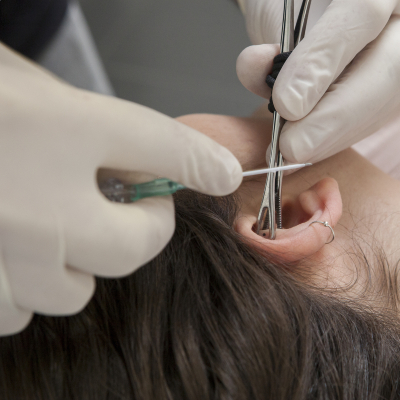
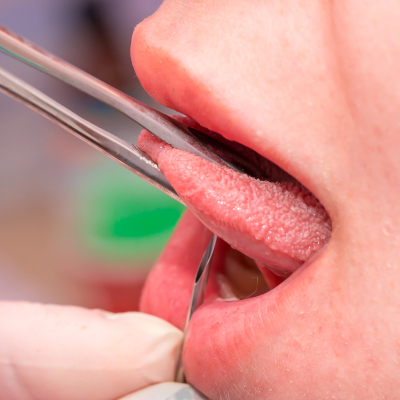
For larger piercings on areas with a lot of cartilage, you might need to use a dermal punch, sometimes known as a biopsy punch. These are much thicker at the end, up to 2 mm!
Our range of Killer Ink piercing needles come in a variety of gauges from 10-22G, curved or straight, and are individually sterilised, ready to be used and then discarded. We also have cannula needles from Braun and ITC, plus taper and insertion pins for attaching jewellery and expanding piercing sites for larger jewellery pieces.
To use a hollow or cannula needle, you’ll also want a pair of forceps or clamps to hold the skin still and manipulate it into the right position for a piercing. Different styles of forceps will be useful for different parts of the body - for instance, Pennington clamps have a triangular eyelet which is perfect for most piercing types, while a Foerster clamp has a round eyelet, ideal for tongue and navel piercings. Clamps are usually either one-use or they must be autoclaved before every use.
For the actual jewellery insertion you’re likely to need some ring opening and ring closing pliers, a micro dermal tool, or a ball holding tool to make the process quicker and more comfortable for your customer!
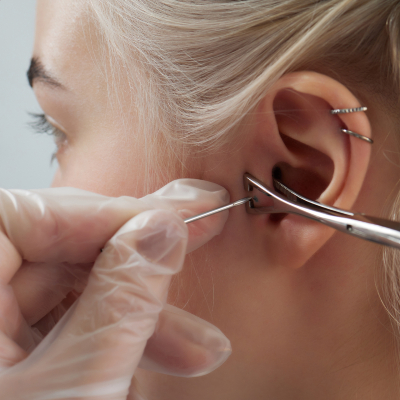
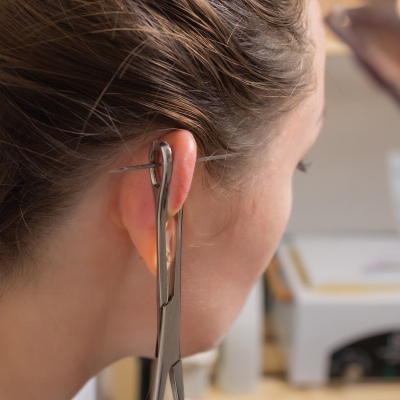
Piercing Hygiene
Just like tattooing, piercing is essentially a minor surgical procedure, so it’s incredibly important that it’s done safely and hygienically!
While you can pierce with only disposable tools and equipment, many professional piercers benefit from buying reusable equipment and then using an autoclave or ultrasonic cleanser to sterilise everything before it’s used. Don’t forget that you’ll need sterilisation pouches, and if they’re not self-sealing you’ll also need a roll sealing machine!
In terms of personal protection, single-use gloves are an absolute must - preferably of the nitrile kind to avoid the risk of latex allergies - and you may also want to wear a disposable dental bib. Just as in tattooing, face masks are a legitimate option, especially if you feel you’ll have to get your face close to the piercing site to work. All surfaces should be sanitised, with equipment protection covers in place if necessary.
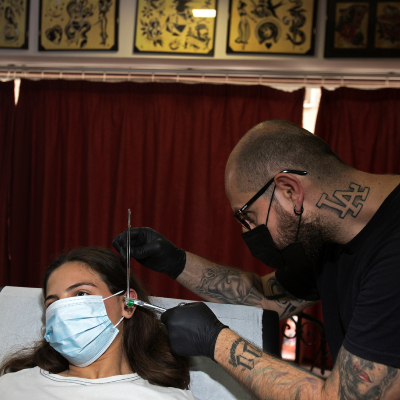
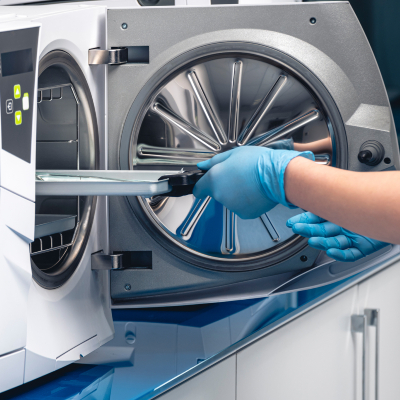
Piercing Aftercare
The procedure for piercing aftercare is remarkably similar as for tattoo aftercare - keep the area clean and dry and use aftercare creams or conditioners to ease discomfort as and when needed!
For most piercings and people, you don’t need anything more complicated than saline. While it is possible for your customers to mix salt with boiling water and make their own, kitchen salt can have preservatives in it, so we’d always recommend either using piercing-grade sea salt like this packet from Recovery, or using a saline wash - preferably in a spray bottle for easy application.
For oral piercings you may want to recommend something like the Recovery Sea Salt Mouth Rinse, which is a mouth wash with sea salt and peppermint added for safe, effective use throughout the day.
You can also recommend cleansing gels, which both clean the site and reduce itching, with a natural pH level allowing you to use it repeatedly without damaging your skin’s flora. For piercing stretching procedures, Recovery’s Smelly Gelly is antimicrobial, anti-inflammatory, cleansing and deodorising - it soothes the stretched skin, helps lubricate new jewellery, and reduces the risk of tissue damage.
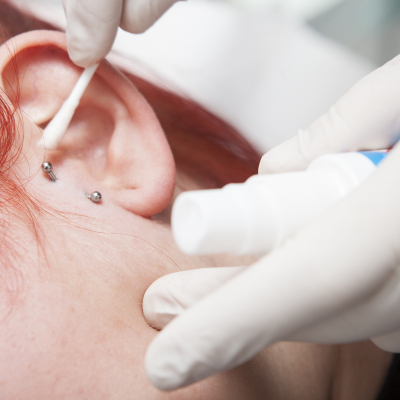
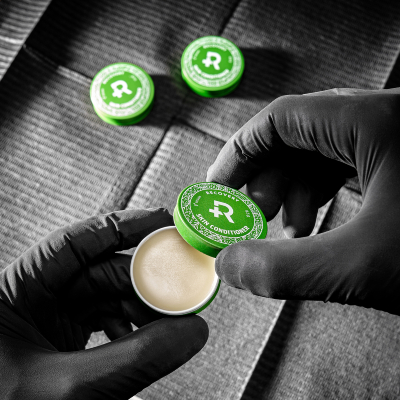
Further Learning For Piercers
It’s easy to think you know it all once you’ve finished your piercing course or apprenticeship, but a professional never stops learning!
Obviously you should try to do every piercing at least once - preferably more than once, but given that you’re your own boss, who’s going to force you to do that one piercing you hate? Once you’re feeling comfortable and ready to explore a little more you could branch out into other body modifications, like subdermal implants, coin slots, tongue splitting and more. The world of body modification is weirder and more wonderful than most people realise!
But even if you stick with the usual piercing types, the industry is evolving all the time, with new materials, products and techniques to learn. There are plenty of conferences, events and seminars held throughout the world including the BMXnet conference in Berlin or UKAPP conference in Nottingham.
What is a Prince Albert piercing?
Alright sickos, we know what you really want to know, and why you’ve made it this far down.
A Prince Albert is a penis piercing - probably the most well-known genital piercing there is. Named after Queen Victoria’s consort, there’s no real evidence that he actually had one of these piercings, but we do love speculating about how and why royalty might want to pierce their junk.
The standard PA is pierced from the underside of the glans through the urethra, but there are variations, and you can use either barbell or hoop jewellery depending on the individual anatomy and style of piercing.
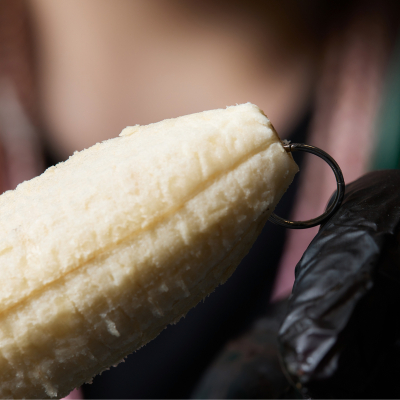
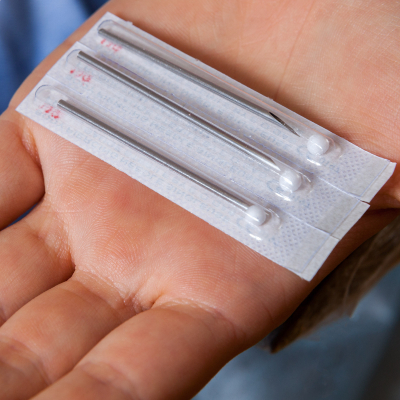
And there you have it - our guide to piercing, and taking your piercing career to the next level! You can read our interview with Marc Gagnier of Recovery Aftercare, or check out our blog on how piercers and other types of business can help grow your tattoo empire!
-
 €11.10 €9.25
€11.10 €9.25 -
 €14.40 €12.00
€14.40 €12.00 -
 €14.40 €12.00
€14.40 €12.00 -
25% OFF
 Out of stock€574.80 €479.00 €431.10 €359.25
Out of stock€574.80 €479.00 €431.10 €359.25 -
 €9.59 €7.99
€9.59 €7.99 -

 €7.19 €5.99
€7.19 €5.99
You May Also Like
-
April 28, 2025
How to Draw Tattoos – Drawing Exercises for Tattoo Artists
We reached out to a variety of our talented sponsored artists to ask them all about the drawing experience they had in their early years, and their recommendations for worthwhile drawing practice that will help to elevate your tattoo artistry!Read More -
April 14, 2025
Tattoo Trends 2025
From tattoo inks to machines and aftercare, here are the hottest tattoo trends for 2025 to help you stay ahead of the game!Read More -
March 24, 2025
Best Colour Tattoo Inks 2025
Whether you're looking for inks with intense saturation, smooth application, or vegan and cruelty-free formulas, this guide will help you find the best colour tattoo inks to suit your preferences!Read More
Latest
-
May 15, 2025
How To Tattoo A Traditional Glittery Colour Tattoo with Keely Glitters
We recently had the pleasure of visiting Keely Glitters at Valentine’s Tattoo Studio in Leamington Spa, where she gave us a behind-the-scenes look at how she creates one of her signature traditional glittery colour tattoos.Read More -
May 12, 2025
Tattoo Fashion: Ink Meets Style
For tattoo artists and enthusiasts alike, you can find everything you need to know about our latest tattoo fashion trends in this blog!Read More -
May 5, 2025
Sponsored Artist of the Month - Cloto Tattoos
Silvia, aka Cloto Tattoos, is a pop-culture inspired colour tattoo artist based in London’s Santa Cuervo studio.Read More
